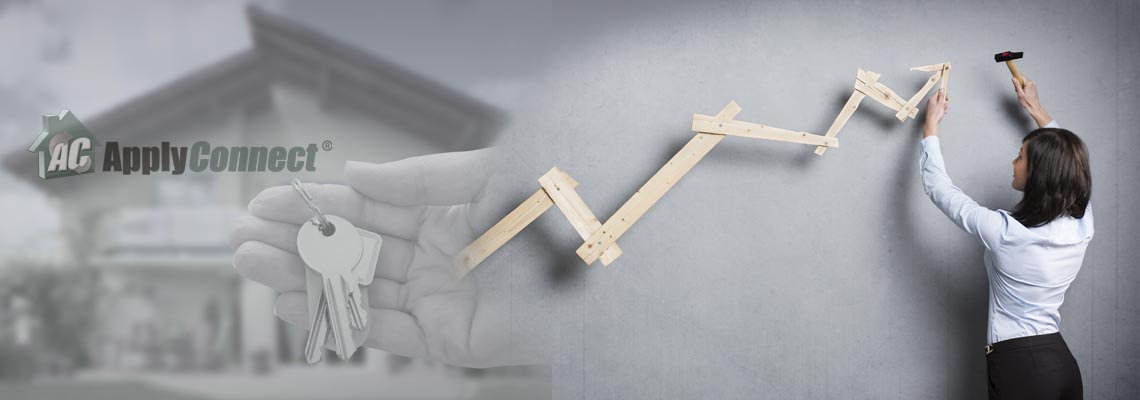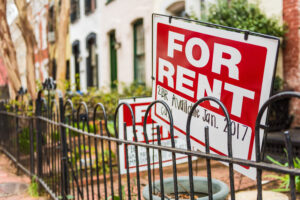The historic base for the home-ownership rate in the United States is 63%. This rate almost touched 70% in the early 2000’s before crashing back to the historic norm. Now at 63% pundits presume it will remain there into the near future. An interesting fact is that while household formation is increasing the home-ownership rate is not. Why?
One reason is the shift in perspective on the “American Dream” of home-ownership. While this cultural phenomenon remains part of the American psyche, frankly, it has lost some of its luster based on people experiencing the pain of prices moving significantly in both directions in a compressed timeline.
Historically, people that are homeowners have a much higher net worth than those that never become home-owners. For many people, the home they live in is their biggest asset.
For people that purchased a home at the height of the market or just in advance of the great recession swings in excess of $100,000 on a single-family home were not uncommon. These events curtailed the belief that prices only go in one direction- up.
As the economy improves there is a measurable increase in household formation- not necessarily home-ownership. Presently, 13% of the single-family market is in service as rentals. Affordability (the ratio between median income and median home prices) continues to cause slower absorption in new home product.
The home-ownership rate can improve as more people leave the nest and go out on their own. But the pace of change (or increase) in home-ownership is likely to be slow. Mortgage financing, Gen X and Gen Y attitudes and place all significantly affect a change in the home-ownership rate and attitudes about becoming a homeowner.
A home mortgage is more difficult to obtain now than before. Suburbs have lost their appeal with longer commutes. New college graduates are flocking to city centers close to jobs and cultural centers leaving homes and cars to others.
Higher home-ownership rates lead to stable communities because owners remain in place longer (3-7 years vs. 1-2 years for renters). Thus, an increase in the homeowner rate often is a good thing.
As young people settle down and have families many try to “stay put” for the sake of allowing their children to remain within the same school district- another form of family stability and cause for remaining in place (at least in the same city or area). Will young families stay in place as homeowners in the future? Is a transient life-style a permanent change or cultural aberration?
I think the home-ownership rate will rise again with the difference being a greater percentage of homeowners will remain within close-in proximity to job centers. I say this thinking about the changes just one technology made to all of our lives- the internet.
What if…what if there is another paradigm shift or technological advancement and this thing we call work can be accomplished from anywhere- a mountain cabin or downtown hi-rise? Wait! Isn’t that occurring now? Predicting home-ownership rates and ownership concentrations? Feel free to take a wag at it…
This article is intended to be informational only and does not provide legal, financial or accounting advice. multifamilyinsight.com
By JOHN WILHOIT JR.
Originally published October 7th, 2015
Republished with permission from Mr. John Wilhoit, Jr. To view the original article, please visit the Multifamily Insight Blog.
John Wilhoit, Jr. is President of Wilhoit Investment Network, LLC, (WIN LLC) an owner and asset manager of apartments, condominiums and town homes. Mr. Wilhoit’s career has focused on high volume, large-scale multifamily communities including market rate and mixed-finance developments. He has previously held positions with the U.S. Department of Housing and Urban Development (HUD), Apartment Investment Management Company (AIMCO) and the Maryland Housing fund.







